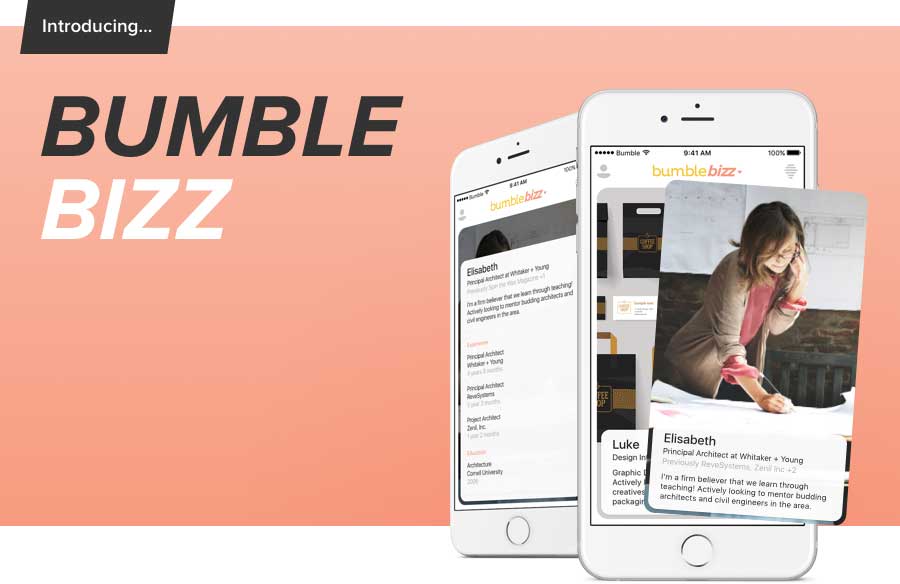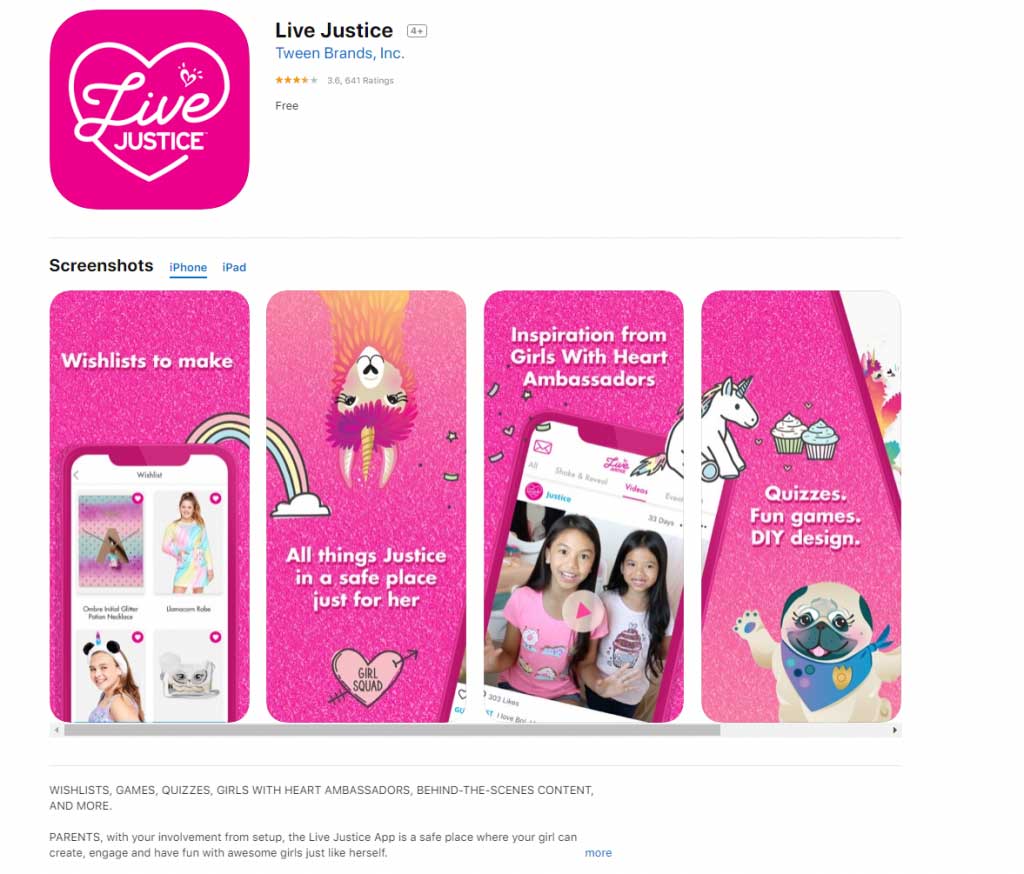Before launching a marketing campaign or promotion, you need to decide who the target audience is first. Based on your product offering, you can define and segment your audience into groups based on their shared characteristics.
Once you’ve segmented your audience, the next step is targeting. Targeting involves selecting a segment or segments to communicate your product offering and message to, in hopes of converting. Different types of targeting such as contextual targeting, allow you to complete this process in various methods.
There are three different target market strategies you can implement:
- Differentiated marketing
- Concentrated marketing
- Undifferentiated marketing
Knowing which one of these strategies to implement for your business is the first step in building an effective, long-term marketing strategy.
Differentiated marketing
Differentiated marketing occurs when a company creates campaigns that appeal to two or more different target audiences, demographics, or marketing segments. By targeting multiple well-defined customer profiles, a brand can build its customer base, master its niche, and begin to organically build brand awareness.
Say a local coffee shop has been in business for six months, and things are going great. The owner has identified the shop’s ideal customer base as young professionals, ages 25–35, with lower- to middle-class income. Now that the shop is generating steady revenue, the owner decides to expand its reach into new market segments as a way to fill the slower sales hours between the morning and afternoon rush.
The shop decides to run a $1.99 special for the following month and segment its campaign by budget-conscious and quality-focused prospects. It sends a promotion to college students, offering a quick and affordable alternative to Starbucks, as well as a short video to older, higher-income prospects, showcasing the shop’s high-quality beans and ingredients.
Both advertisements are vastly different, but are part of the same $1.99 special. These segmented campaigns provide an example of differentiating marketing for distinct audiences, and are a great way for small businesses to maximize their efforts.
Examples of differentiated marketing
Let’s look at a few businesses that have successfully used this strategy:
Lilly Pulitzer
Lilly Pulitzer is a luxury beachwear company founded over 60 years ago in Palm Beach, Florida. Back in 2015, the brand teamed up with Target and launched a more affordable line of accessories, clothing, cosmetics, and home goods. The results were enough to crash Target’s site the day the collection launched.
By offering a more affordable line of products for a limited time and at more locations, Lilly Pulitzer was able to drive demand, and acquire new loyal customers at a lower cost per lead than ever before.
Bumble
Bumble does a great job of differentiating its product by tailoring its services around user needs. Known as the dating app where women make the first move, Bumble realized that their app was more about creating connections than just dating, and rolled out its BFF mode back in 2016. Shortly after, the brand launched Bumble Bizz, allowing entrepreneurs and freelancers to connect using its tried-and-tested platform.
By offering different modes and value offers, Bumble was able to increase its user retention long after a user might have jumped out of the dating pool.
✅ Benefits
The goal of differentiated marketing is to deliver a more personalized message and tailored experience to each segment of your audience. By creating unique approaches for each segment, your offer is more likely to resonate with a given audience member’s needs, which makes it easier for people to connect with your brand, become loyal, and eventually share with their friends.
If you want to take things a step further, you can research behavioral segmentation to focus on how your audience reacts to your actions.
❌ Disadvantages
More segments mean more ad teams and more ad spend. Creating and running multiple campaigns usually has a higher price tag. Your business has to use unique messaging and campaigns for each segment, and the required resources can add up fast.
Concentrated marketing
Concentrated marketing occurs when a company creates a single marketing message for a specific, narrow demographic. This marketing strategy typically works best for startups, and is a natural step for any business looking to find their ideal prospect or niche.
Take our previous coffee shop example. Say the shop was newly opened and identified its target audience as 25–35 years old, lower- to middle-class income, young professionals.
Even before it decided to use differentiated marketing, the shop started with a much simpler concentrated marketing strategy. The shop tailored its brand voice and campaigns to connect with the initial narrow demographic. Opting for a concentrated marketing strategy fit well with the shop’s starting resources and helped build a loyal customer base.
Example of concentrated marketing
To get a better idea of how concentrated marketing works, let’s review another example:
Justice
Justice is a tween girl’s apparel company with over 800 storefronts in the US and Canada. It cemented its success by focusing on a particular target audience – girls ages 6–12. Over the past ten years, Justice has stayed true to its brand and focused on a very concentrated marketing strategy.
In 2016, the company launched Live Justice, a mobile app with everything a tween girl would want: games, quizzes, wish lists, and tons of free content. Instead of targeting parents to build brand loyalty with reward programs, Justice designed Live Justice to be a community where young girls can share and discover how to make the world a better place.
Munchkin
Munchkin also uses a concentrated marketing strategy. Since they only make products for baby and toddler care, they use concentrated marketing focused on the parents of these young children.
They blog on parenting topics, use careful paid search strategies to target parents when they search for certain baby products, and use mobile-friendly tactics to reach busy, on-the-go moms and dads. As seen below, they also enlist parenting influencers to create sponsored content, to showcase how Munchkin products can make parenting easier.
✅ Benefits
Concentrated marketing is the most cost-effective marketing strategy for small businesses. It’s great for finding targeting your audience segment. By focusing on meeting the needs of a very narrow user base, your brand can build authority and dominate its niche. Plus, concentrated marketing can help pave the way for later differentiated marketing strategies, when it’s time to find expand your market.
❌ Disadvantages
The downside to concentrated marketing is that it will only resonate with a small target segment. Because small businesses and startups are used to sticking with a single value proposition and brand voice, they may find themselves in a tricky situation when the time comes to expand.
Undifferentiated marketing
Undifferentiated marketing occurs when a company creates one campaign for its entire audience, with all segments seeing the same message. This usually means the message is more general in order for it to appeal to such a wide range of people.
Going back to our coffee shop example one last time. Let’s say the shop has already been running for two years, and has already seen the benefits of both its concentrated and differentiated marketing strategies. It’s been able to maintain its initial customer base of young professionals, as well as expand to a wider audience of college students and higher-income individuals.
The shop is now the neighborhood’s go-to spot for coffee, and rarely relies on advertising. But if the shop decides it would like to increase traffic across its entire customer base, it could run an undifferentiated marketing strategy that unifies its brand voice. Undifferentiated campaigns campaigns usually come with a general hook, such as “High quality. Low price.” or “The only cup of coffee you need.”
Examples of undifferentiated marketing
Undifferentiated marketing is very common across TV ads, radio ads, print news ads, car ads, and billboards. At its core, undifferentiated marketing strategies are about casting a wide net — they aren’t concerned with targeting a specific audience or their needs.
Allstate
An excellent example of undifferentiated marketing would be Allstate. The company’s tagline is short and sweet: “With Allstate, you’re in good hands.” There’s no need for the brand to segment its audience. After all, everyone needs insurance. Allstate’s primary concern is maximizing reach and market share.
M&Ms
M&Ms also uses undifferentiated marketing. They run animated commercials during TV shows that people of all ages watch, and use humor and product shots meant to appeal to anyone looking for a sweet treat. Even though they change up the specific content of their commercials, they’ve used the same M&Ms product characters for years because of their universal appeal.
✅ Benefits
A significant advantage of undifferentiated marketing is that it’s more cost-effective in the long run – that is, if your product naturally appeals to a broad audience. Undifferentiated campaigns also require less maintenance, as they already have universal appeal and don’t need to be updated often (if ever).
If your business can successfully launch an undifferentiated marketing strategy, it can solidify its place in the market and work on expanding its reach.
❌ Disadvantages
The obvious problem with an undifferentiated marketing strategy is that it works best if your brand naturally appeals to a broad audience. If you choose to go through more traditional media channels, undifferentiated marketing also has relatively high initial costs. Advertisements with a broad reach (i.e., on TV or newspapers) aren’t cheap, and are often out of reach for many smaller businesses.
Understanding the differences between differentiated, concentrated, and undifferentiated marketing can help guide you in deciding which one to use in your existing or future campaigns. Consider all the options and build a strategy that focuses on the type of target marketing that will work best for your business needs.










